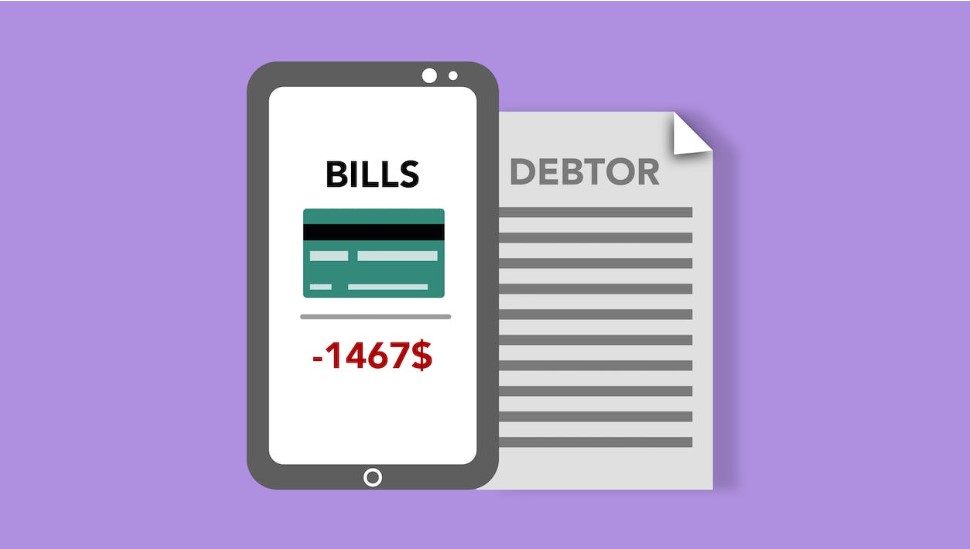ACH and wire transfers are two popular money transfer services you’re probably familiar with if you frequently send money across countries.
At first glance, wire transfer and ACH transfer appear similar. However, on a closer look, there’s a significant factor that distinguishes them. Typically, ACH is used in many ways and usually costs less or even sometimes free. Wire transfers on the other hand, usually cost more but offer more speed than ACH transfers.
This article will define ACH and wire transfers, show their similarities, and explore their differences. Without any delay, let’s get into it.

What is a Wire Transfer?
A wire transfer is any form of electronic payment method that sends money directly from one bank account to another via a secure network. Theoretically, it can refer to both domestic and international transfers, but wire transfers are realistically used for overseas transfers. Sometimes, wire transfers are called remittance transfers and are usually used for higher-value items. For example, if you need to make property purchases or settle institutional transactions, wire transfers are the better option.
How a Wire Transfer Works
The term “wire transfer” is commonly used for the Society for Worldwide Interbank Financial Telecommunications (SWIFT) network. SWIFT is a secure network that banks and payment platforms use to allow individuals and companies to conduct payments electronically.
When you send an international bank transfer, banks use the SWIFT network to ensure that the payment reaches its final destination. Sometimes, some payments go through intermediaries (corresponding banks) before arriving at the final destination.
Keep in mind that depending on the bank, you can make an international money transfer online, over the phone, or on a money transfer app.
You’ll need to supply the following information when making an international transfer:
- Name and address of recipient’s bank
- Recipient’s IBAN (International Bank Account Number)
- BIC/SWIFT code of the recipient’s bank
- Reason for the transfer
- Transfer amount and currency
- Who will pay the associated fees: You, the recipient, or a split between you and the recipient?
What is an ACH Transfer?
ACH stands for Automated Clearing House and it is a network for moving money between bank accounts in the US. You can think of it as the direct evolution of paper checks, transformed into a digital process to improve efficiency.
ACH transfer is used for many purposes including:
- Paycheck direct deposit
- Direct deposit of government benefits
- Recurring debits
- One-time bill payments

- International payments
How ACH Transfers Work
An ACH transaction usually requires several moving parts and this depends on whether the transaction involves a direct payment or a debit. However, in simple terms, we’ll give a brief overview of what an ACH transfer entails.
Firstly, the originator bank initiates an ACH transfer which is grouped with other ACH transfers. This means that each transaction is submitted to the network as part of a batch. These transactions are then processed through the clearing house. Once transactions are processed for the day, they are sent to the receiving banks. Finally, the receiving bank credits or debits the appropriate accounts accordingly.
ACH versus Wire Transfers: Core Differences
Although wire transfers and ACH transfers offer similar services, they do so in different ways. The following are some of the main differences between the two:
Speed:
Speed is vital when it comes to money transfers, especially international transfers. Recipients need assurance that there won’t be any delays before money enters their accounts.
Wire transfers offer the fastest speed when sending money domestically. Funds are usually available the same day or the next business day at most. However, ACH transfers can take a little longer, depending on certain factors.
Cost:
In terms of cost, ACH is usually the better option. This is because a consumer using ACH to make or receive payment does not usually pay a fee.
Wire transfers are more expensive, and costs vary depending on the amount and type of transaction. International transfers usually have a much higher price.
Limits:
The amount of money you send by ACH or wire may have limits. Wire transfers have higher transfer limits, while ACH transfers tend to have lower limits. However, ACH limits depend on whether you’re paying a bill, sending money to another person, or sending money to an externally linked bank account.
Risk:
In most cases, if there’s an error when you use wire transfers, it is impossible to reverse the transaction and get your funds back. ACH payments, on the other hand, allow for transaction reversal if you send money in error. As a result, ACH transfers are commonly considered the more secure payment option.
Changera: Your Ultimate International Payment Solution
Changera is one of the fastest-growing fintech startups whose mission is to revolutionize international payments systems globally. Recently, the company launched the FX feature which allows users to send funds to US accounts directly as well as receive funds from their already existing US accounts. Additionally, business owners can expect the following benefits from using this new feature:
- Enable business users to send and receive USD at competitive rates.
- Ensure compliance with relevant financial regulations.
- Encourage full transparency with users as there are no hidden fees.
- Provide access to real-time exchange rates
- Maintain transaction history for users, including all send and receive FX transactions.
If you regularly send and receive money from US accounts, there’s a reliable way to do this at very affordable rates—Changera’s got you covered!
Also, if you’re an entrepreneur, the best thing you can do for your business today is register on Changera Business to enjoy all the possibilities that the FX feature offers.
Download the Changera mobile app on the Google Play Store or App Store to learn more.







Discussion about this post